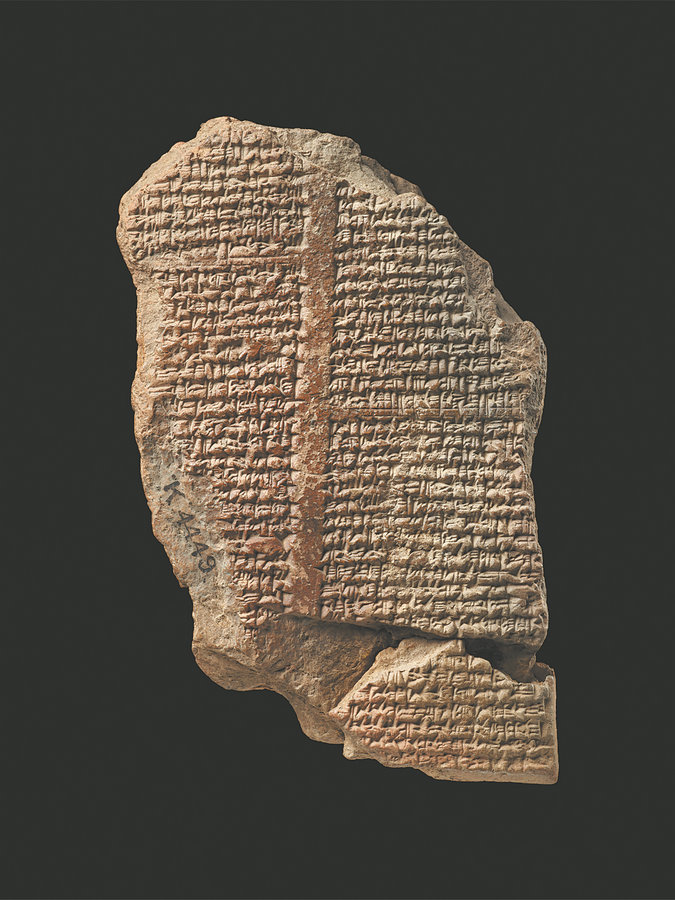An Assyrian story of gore and glory
Royalty, weaponry, warfare and reliefs — visitors to the Suzhou Museum learn of one king's rule, Zhao Xu reports.


Meeting their fate
The Suzhou exhibition displays a stone frieze originally from the North Palace of Nineveh that depicts the Assyrian siege of Hamanu. While the attacking Assyrian soldiers scaled the ladder leading to the top of a battlement defended by Elamite archers, the Elamites plunged to their deaths, their corpses floating in the moat below the city wall. If the Assyrian account is to be believed, Teumman, the Elamite king, was captured and killed by Assyrian soldiers, his head sent to Ashurbanipal to hang on the tree in the queen's garden.
In that same garden, the royal couple sipped wine from glass bowls that could have been brought as booty from the eastern Mediterranean region of Levant. One of these bowls, whose translucent yellowish-green color may have contrasted sensuously with the rich, red grape wine, can be viewed at the Suzhou Museum exhibition.
A particularly poignant object from the show is a cuneiform tablet — cuneiform being the wedge-shaped characters used in ancient Mesopotamia — that contains a letter from Shamash-shumu-ukin to Ashurbanipal. "You might be confident of an easy win but I will triumph in the end with a single brilliant move," the writer told his estranged younger brother as if they were again playing a childhood chess game.


















